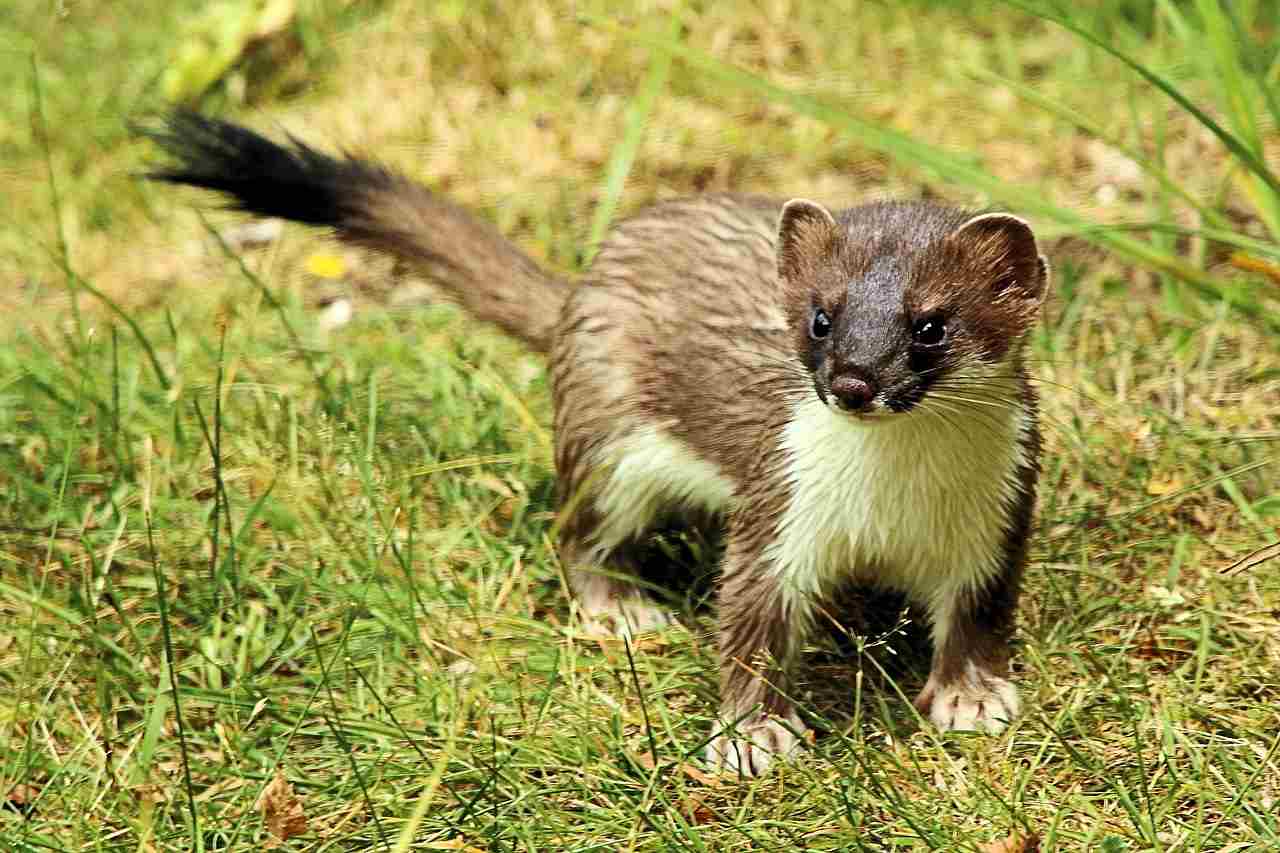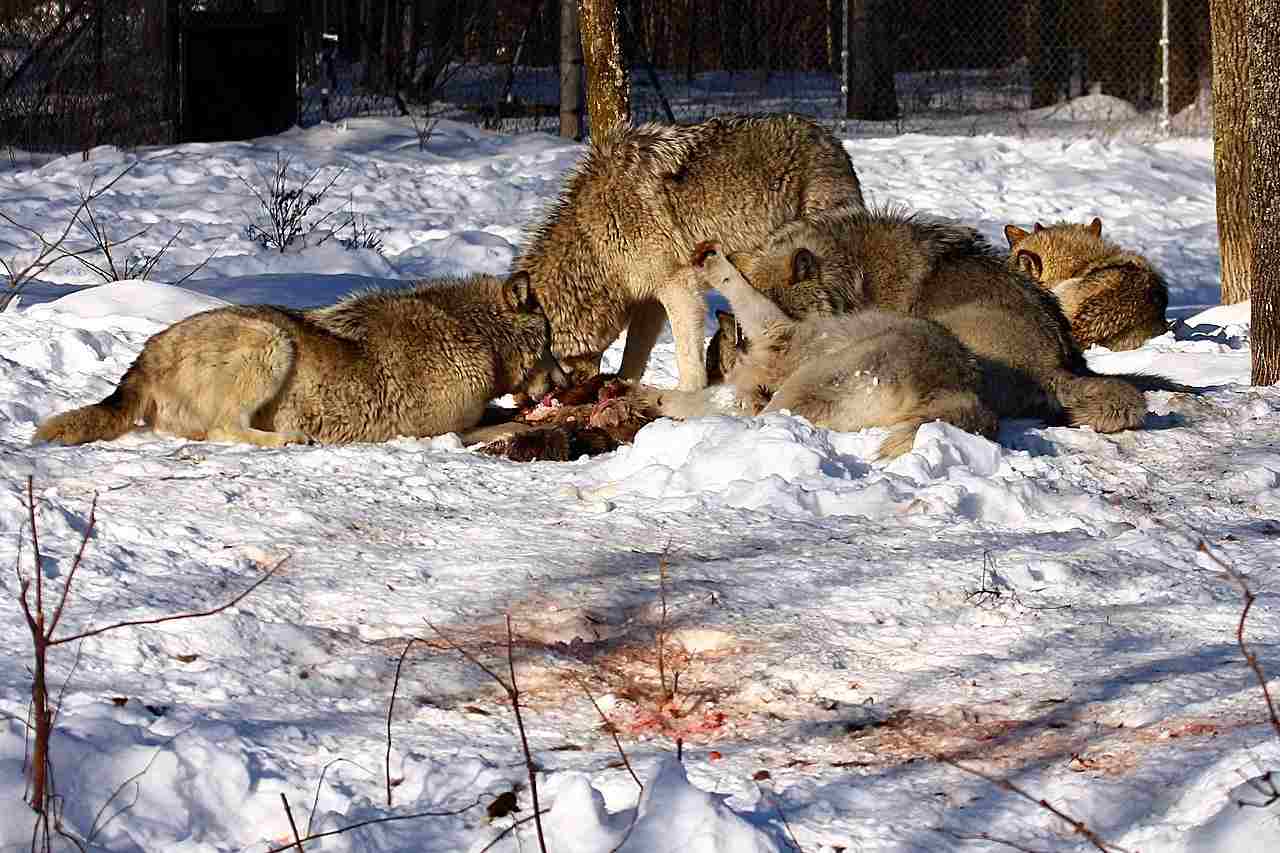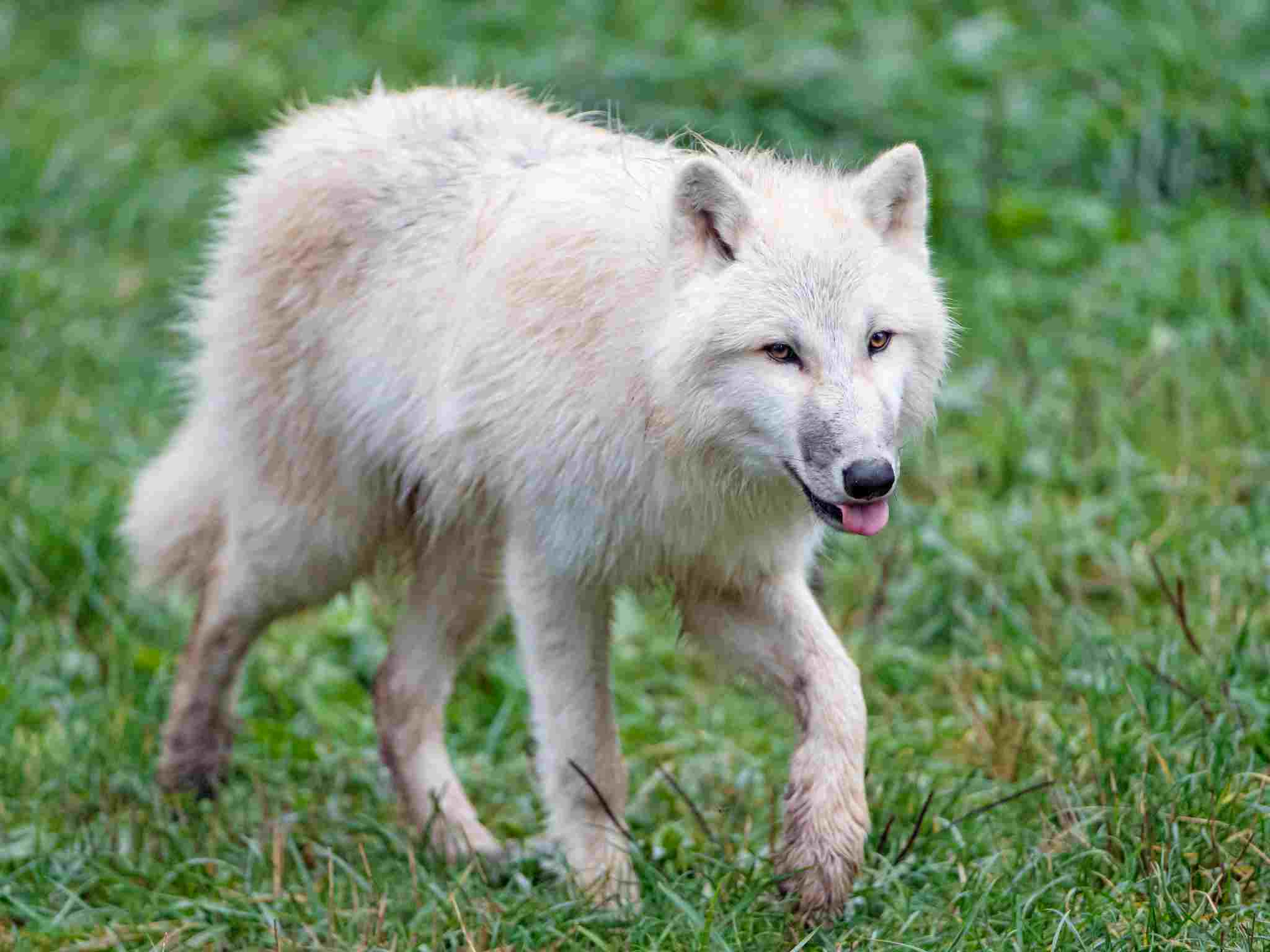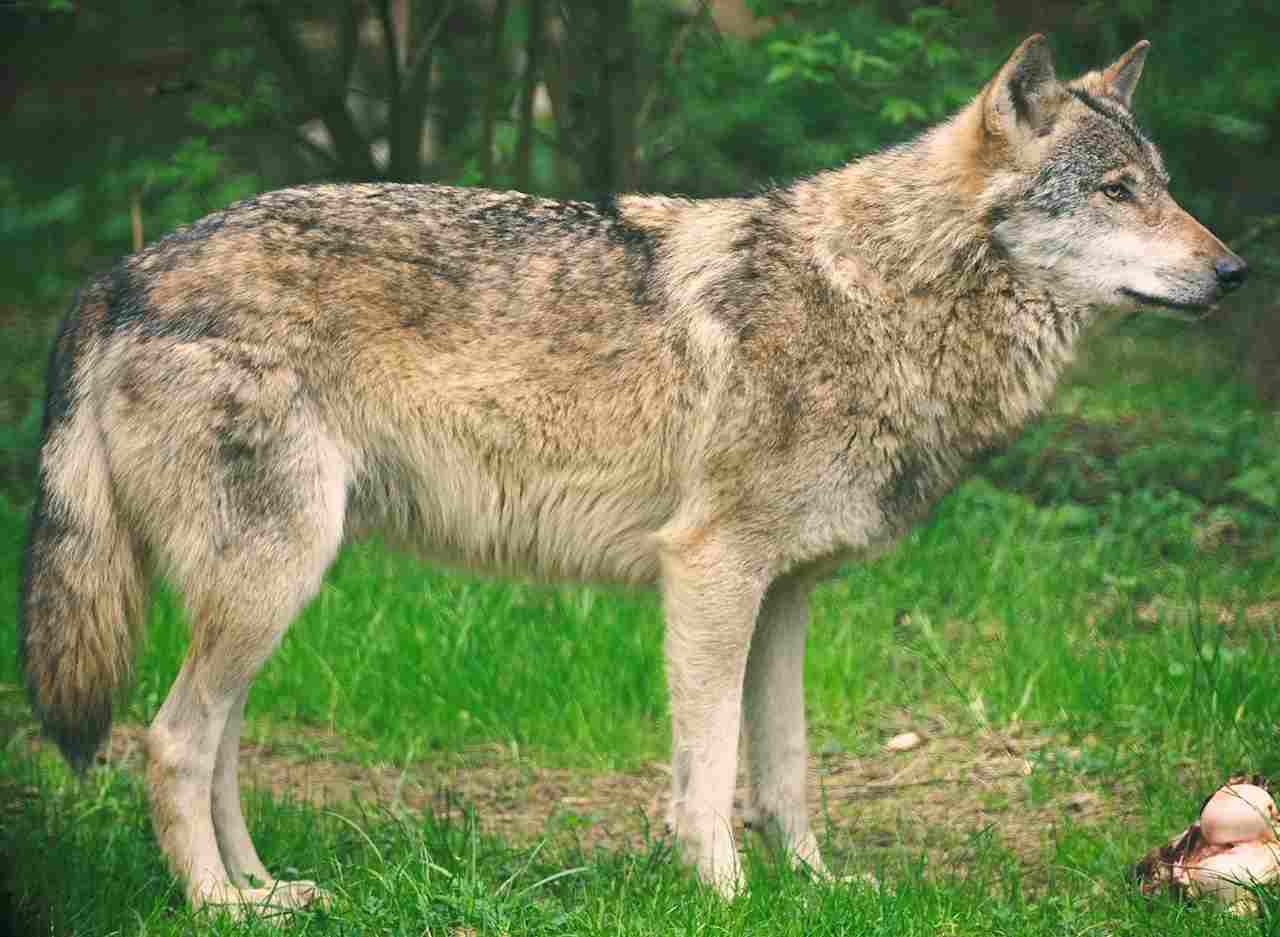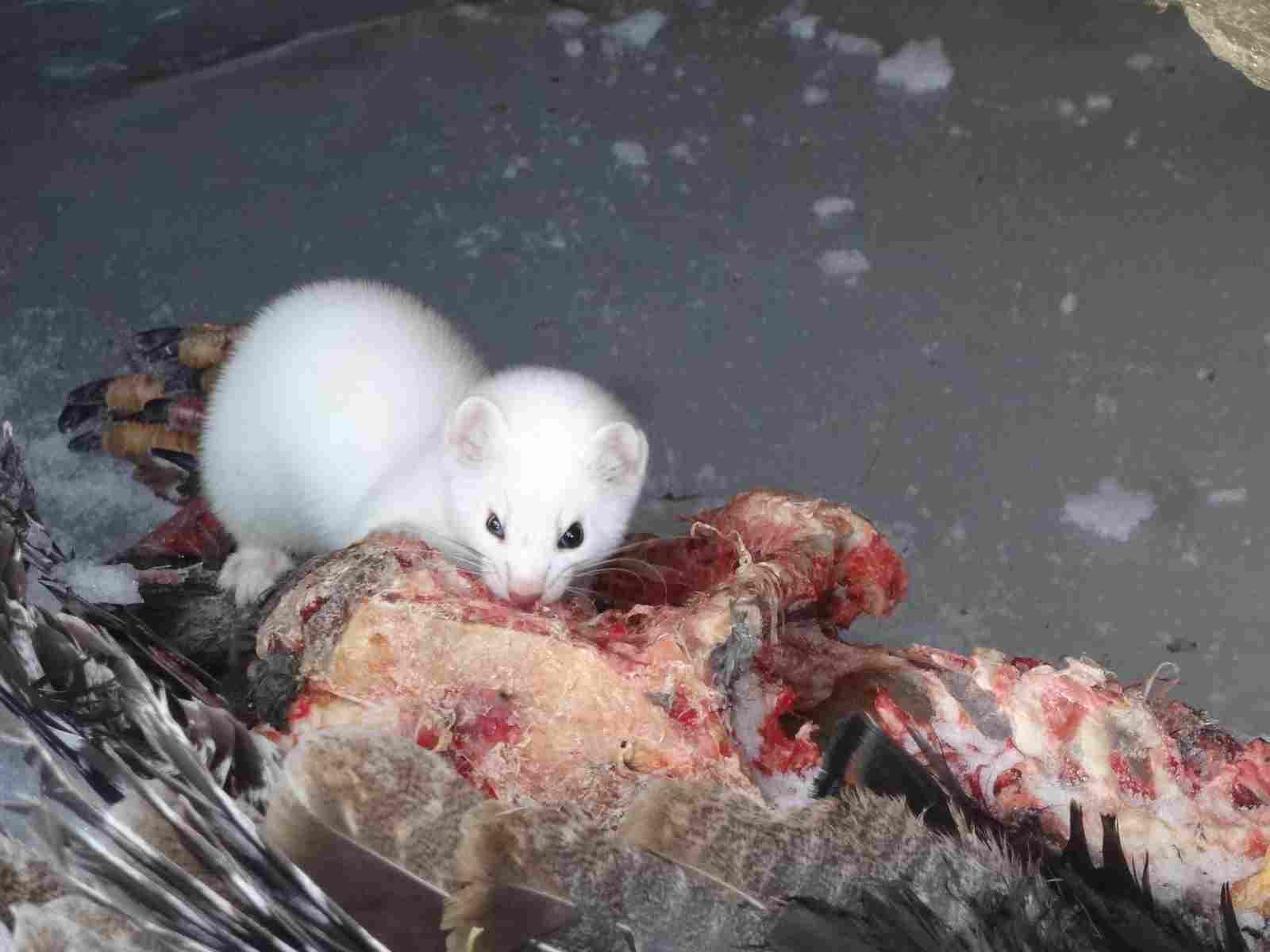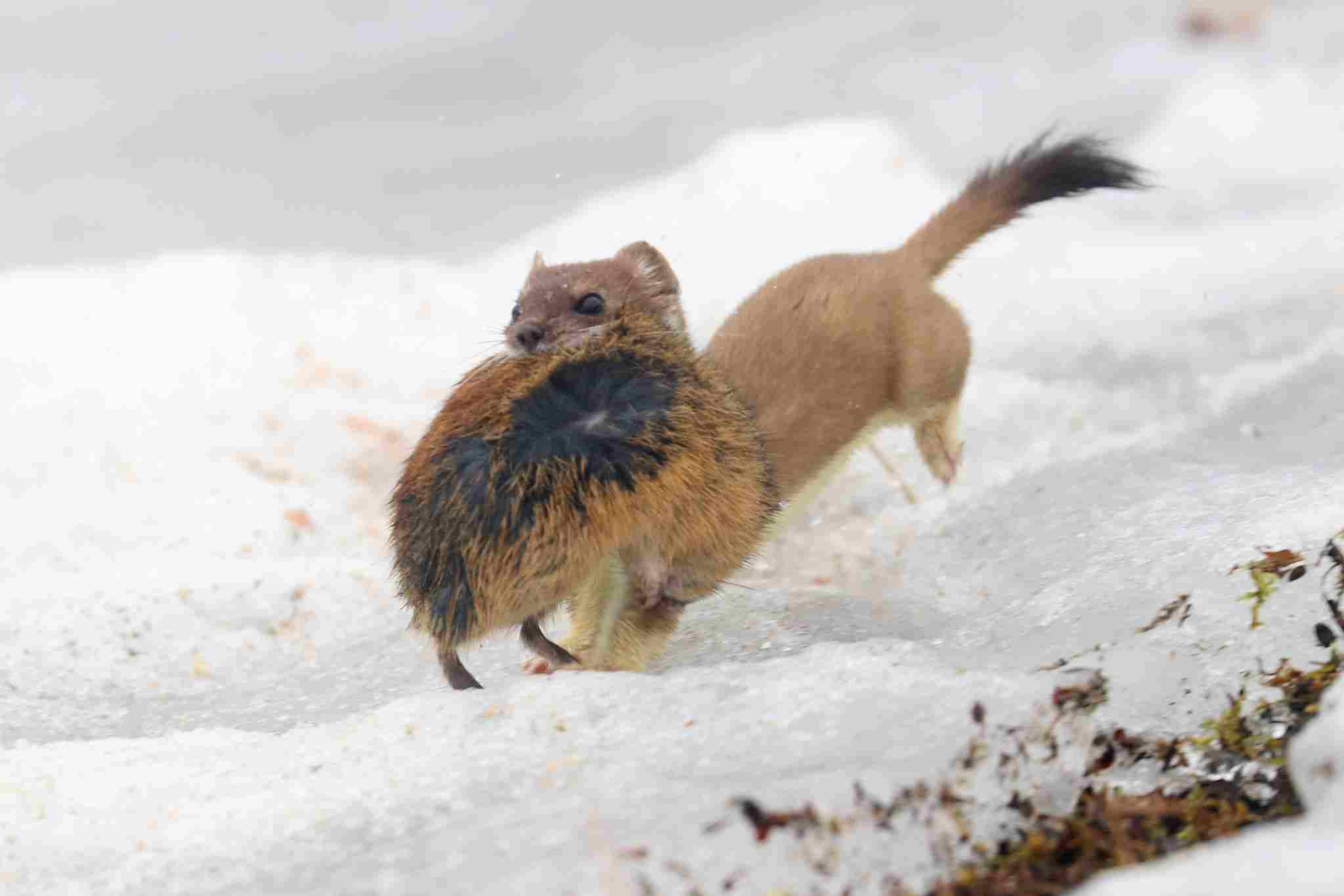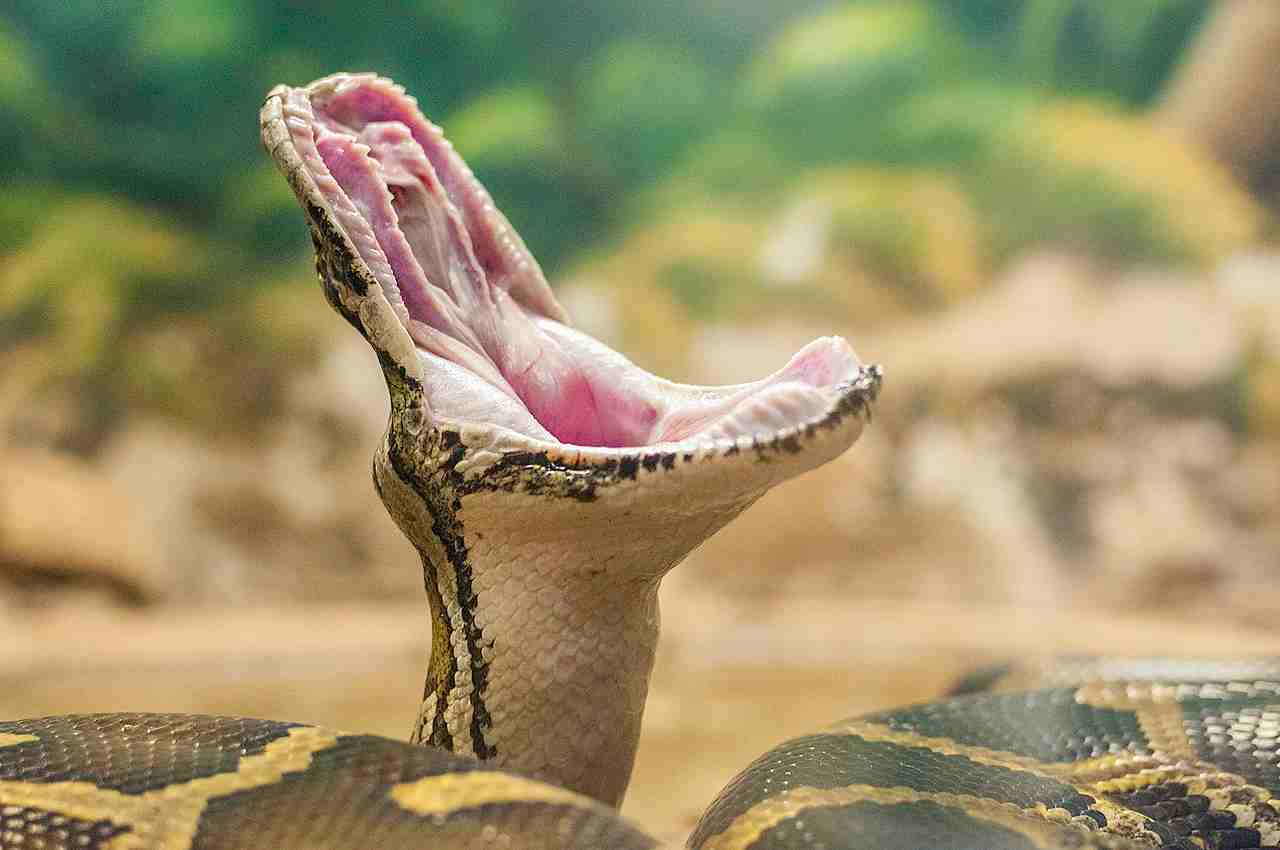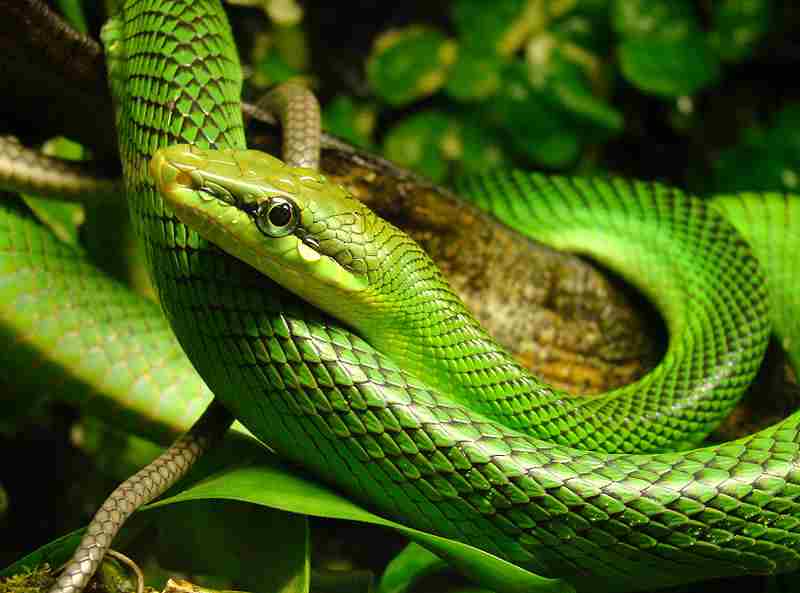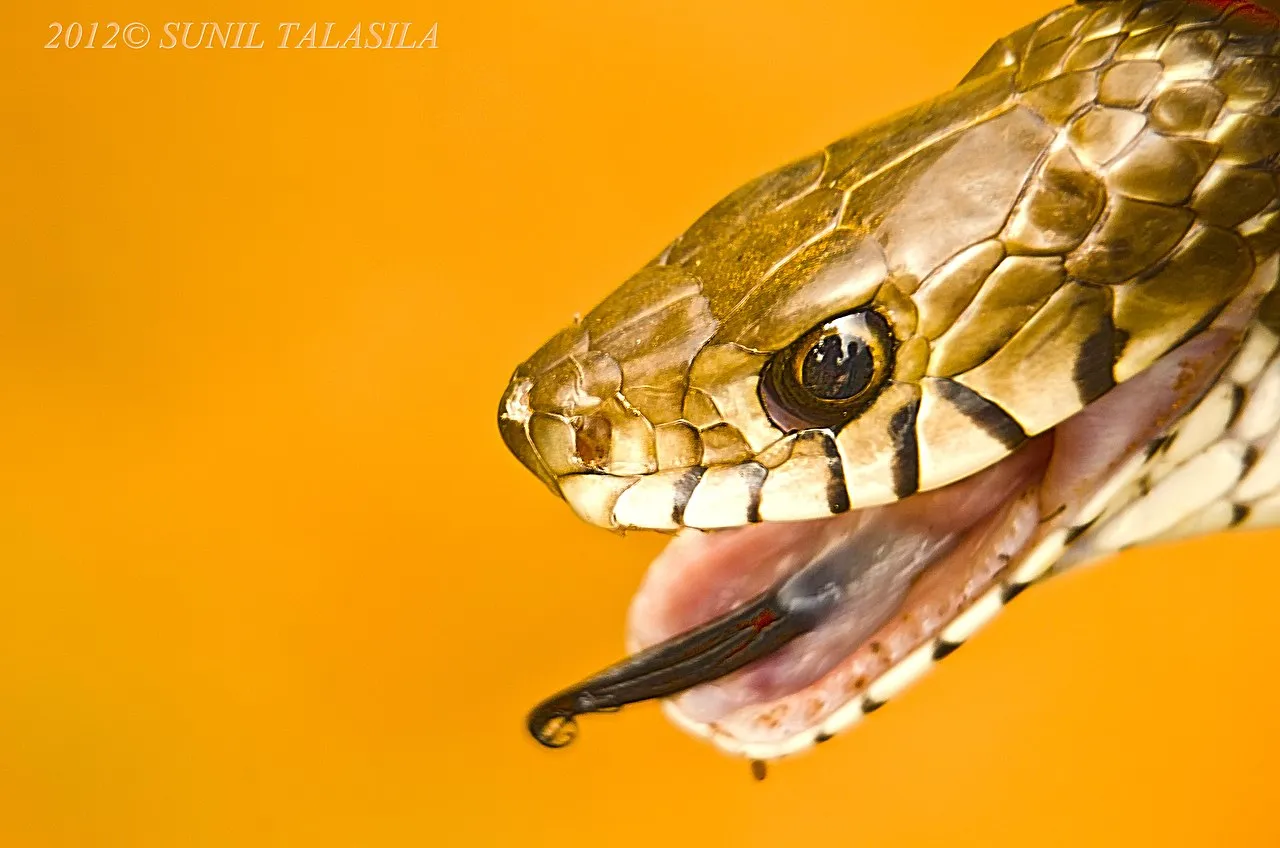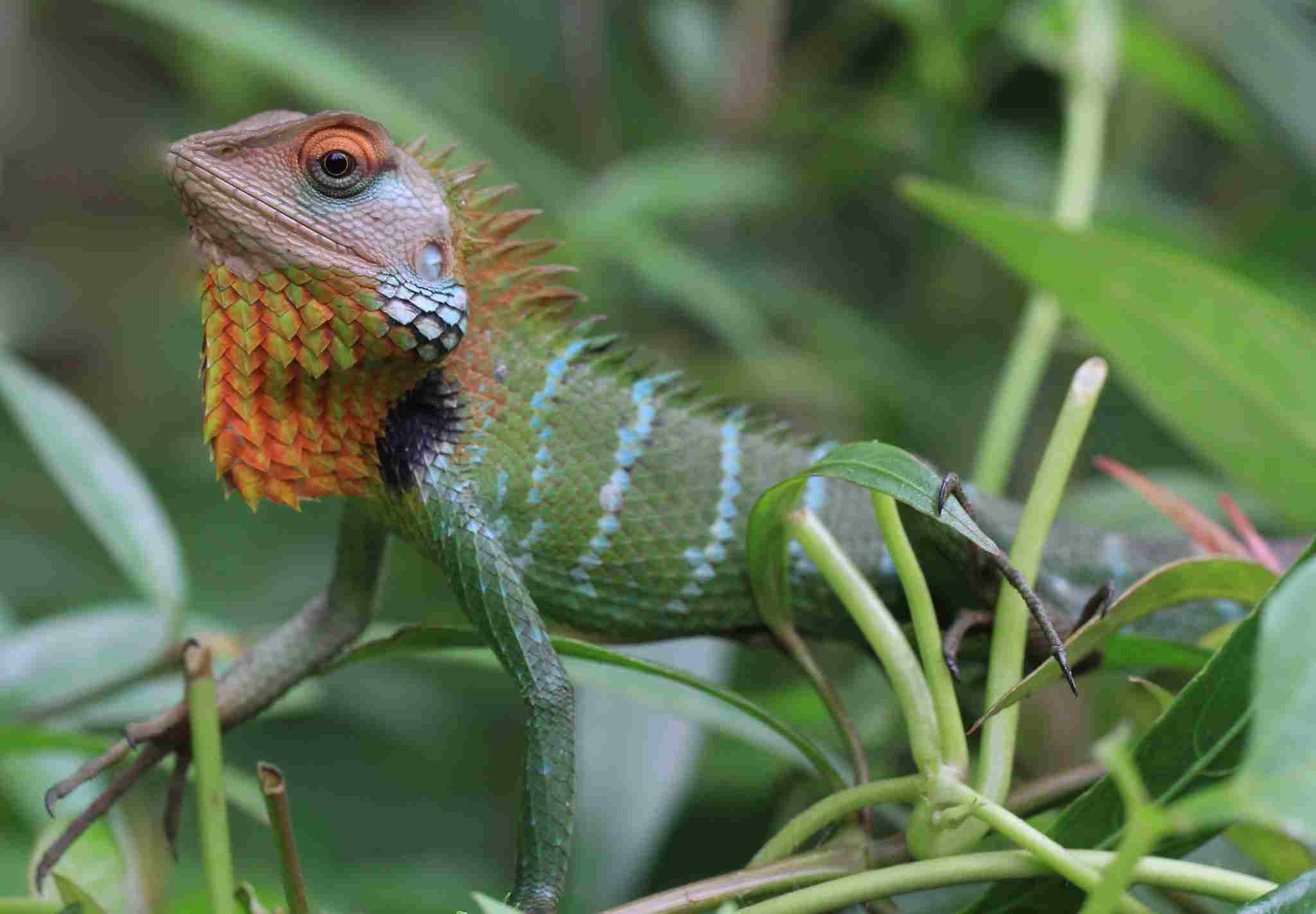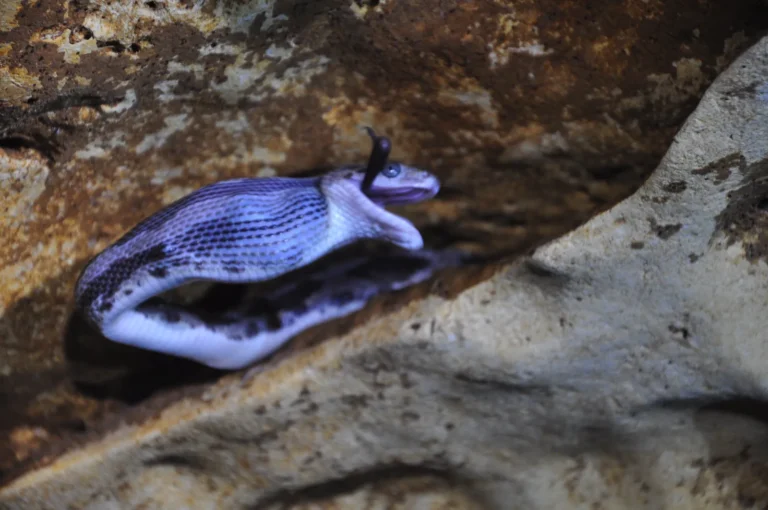13+ Predators In Switzerland And Their Characteristics
Examples of predators in Switzerland include the adaptable fox, which controls rodent populations, and the ermine, a small mustelid with a changing fur color. Wolves are social predators that hunt ungulates and are involved in human-wildlife conflicts. Birds of prey such as the red kite and golden eagle play key roles in their ecosystems by hunting and scavenging. Venomous snakes like the European adder and asp viper, as well as the non-venomous grass snake, contribute to controlling small mammal and amphibian populations. Conservation efforts in Switzerland focus on protecting habitats and addressing human-wildlife conflicts to maintain ecological balance.
1. Fox
The fox (Vulpes vulpes) is a versatile and adaptable predator found throughout Switzerland’s varied landscapes, from dense forests to urban settings. This small carnivore, with its bushy tail and vibrant red fur, is a nocturnal hunter known for its cunning and agility. It primarily feeds on small mammals, birds, insects, and even fruit, making it an opportunistic omnivore. Foxes are solitary creatures, though they are known to live in small family groups during the breeding season, raising their kits in dens hidden from prying eyes.
Swiss foxes play a significant role in the ecosystem by controlling rodent populations, which helps to maintain ecological balance. However, their adaptability has also led to conflicts with humans, especially in urban areas where they scavenge for food. Despite these challenges, foxes are widely recognized as a symbol of wilderness and are often celebrated in folklore and local stories for their intelligence and resourcefulness. Efforts to manage fox populations in Switzerland focus on maintaining this delicate balance between conservation and addressing human-wildlife conflicts.
2. Ermine
The ermine (Mustela erminea), also known as the stoat, is a small mustelid found across Switzerland’s forests, grasslands, and wetlands. With its slender body and swift movements, the ermine is a skillful predator, hunting small mammals, birds, and insects. During the winter, its fur changes from brown to white, allowing it to blend into the snowy landscapes, a characteristic that makes it a prized target for the fur trade. This camouflage also aids in its stealthy approach when hunting.
Ermines are solitary creatures with a keen sense of smell and exceptional agility, which they use to navigate through dense vegetation and tight burrows. Despite their small size, they are fierce predators capable of taking down prey larger than themselves. Ermines play a vital role in controlling rodent populations, which helps maintain ecological balance. However, their reliance on specific prey species means they are vulnerable to changes in their habitat and prey availability, making habitat conservation crucial for their survival.
3. Stoat
The stoat (Mustela erminea) shares many characteristics with its close relative, the ermine, exhibiting similar agility and predatory prowess. In Switzerland, stoats inhabit a variety of ecosystems, from woodlands to alpine meadows, adapting to different climates and prey availability. They have a distinctive black-tipped tail, which serves as a signal to other stoats, and are known for their playful yet aggressive hunting behavior.
Stoats are territorial and exhibit a remarkable level of curiosity, often exploring new areas in search of food or potential mates. They are effective at controlling rodent populations, contributing to ecosystem health. Despite their effectiveness as predators, stoats face threats from habitat loss and fragmentation, which can limit their range and reduce prey availability. Conservation efforts in Switzerland aim to protect stoat habitats and ensure the survival of these agile predators.
4. Wolf
The wolf (Canis lupus) is a powerful predator that has made a remarkable return to Switzerland after being nearly eradicated in the early 20th century. Wolves are social animals that live in packs, with a complex hierarchy and cooperative hunting strategies. They primarily prey on ungulates such as deer and chamois, which helps regulate herbivore populations in Swiss ecosystems.
Wolves are a symbol of wilderness and a key indicator of ecosystem health. However, their return has sparked controversy due to conflicts with livestock farmers and concerns about human safety. In Switzerland, wolf management involves a balanced approach, promoting coexistence through measures like livestock protection and public education. The reintroduction of wolves to Swiss landscapes has had a positive impact on biodiversity, but it requires careful management to address conflicts with human interests.
5. European Adder
The European adder (Vipera berus) is a venomous snake found in various regions of Switzerland, including forests, meadows, and mountainous areas. It is recognizable by its distinct zigzag pattern along its back and its variable coloration, which ranges from gray to brown or even black. Despite being venomous, the adder is generally shy and prefers to avoid human contact, only striking when threatened.
Adders play an important role in their ecosystems by controlling small mammal populations. They are a protected species in Switzerland due to their declining numbers, which result from habitat loss and human persecution. Efforts to conserve the European adder focus on protecting their natural habitats and educating the public about their ecological importance. While their venom can be dangerous, adders rarely pose a significant threat to humans, and with proper awareness, conflicts can be minimized.
6. Asp Viper
The asp viper (Vipera aspis) is another venomous snake native to Switzerland, primarily found in the southern regions and lower-altitude forests. This snake is known for its robust build and varying coloration, from brown to gray with distinct markings. The asp viper is a sit-and-wait predator, typically ambushing small mammals and birds. Its venom, while potent, is rarely fatal to humans, though it can cause serious harm.
Conservation of the asp viper is critical due to the species’ sensitivity to habitat changes and human encroachment. These snakes require specific conditions to thrive, including suitable basking spots and access to prey. As with other venomous snakes, public perception is often negative, leading to unnecessary persecution. Conservation programs in Switzerland aim to educate people about the ecological role of asp vipers and promote coexistence, emphasizing that these snakes contribute to the control of pest populations and are an essential part of the local biodiversity.
7. Grass Snake
The grass snake (Natrix natrix) is a non-venomous snake widely distributed across Switzerland, inhabiting wetlands, riversides, and damp meadows. This snake is known for its distinctive yellow or orange collar, which stands out against its dark green or brown body. Unlike venomous snakes, the grass snake is harmless to humans and plays a key role in controlling amphibian populations, feeding primarily on frogs and other small creatures.
Grass snakes are excellent swimmers and are often seen basking near water sources. They contribute to ecosystem health by maintaining a balance in amphibian populations, which, in turn, supports other wildlife. Although grass snakes are non-venomous, they are sometimes mistaken for venomous species and killed out of fear, posing a threat to their populations. Conservation efforts in Switzerland focus on educating the public about the harmless nature of grass snakes and protecting their wetland habitats, which are increasingly at risk due to human activities.
8. Red Kite
The red kite (Milvus milvus) is a striking bird of prey found throughout Switzerland, recognized for its reddish-brown plumage and deeply forked tail. This raptor is known for its graceful flight and adept hunting skills, often seen soaring over open countryside in search of carrion or small prey like rodents and birds. Red kites are a conservation success story, having recovered from a significant decline in the past century due to protective measures and reintroduction programs.
Red kites play a vital role in Swiss ecosystems by scavenging carrion, which helps prevent the spread of diseases and maintains a clean environment. Despite their recovery, these birds still face threats from habitat loss and illegal persecution. Conservation efforts focus on preserving their habitats and ensuring safe nesting sites. The resurgence of the red kite in Switzerland is a testament to successful wildlife management and a reminder of the importance of conservation practices in maintaining biodiversity.
9. Sparrowhawk
The sparrowhawk (Accipiter nisus) is a small but fierce bird of prey that inhabits woodlands and urban areas across Switzerland. Known for its agility and speed, the sparrowhawk primarily hunts small birds, which it captures in mid-air with remarkable precision. These raptors are known for their striking yellow eyes and barred plumage, and they play an important role in regulating bird populations in their habitats.
Despite their hunting prowess, sparrowhawks face various threats, including habitat loss and persecution due to their predatory nature. Conservation efforts in Switzerland focus on protecting their nesting sites and educating the public about the ecological benefits of sparrowhawks. By controlling bird populations, particularly smaller species, sparrowhawks contribute to the balance and diversity of ecosystems. Their adaptability to urban environments also underscores the importance of creating spaces where wildlife and humans can coexist peacefully.
10. Common Buzzard
The common buzzard (Buteo buteo) is one of the most prevalent birds of prey in Switzerland, found in various landscapes from forests to farmland. This raptor is known for its broad wings and rounded tail, allowing it to soar effortlessly while scanning the ground for prey. Common buzzards feed on small mammals, birds, and carrion, making them versatile predators in their ecosystems. They are often seen perched on high vantage points, ready to swoop down on unsuspecting prey.
Common buzzards play a crucial role in controlling small mammal populations, contributing to the health of the ecosystem. While they are abundant, they face threats from habitat loss and illegal persecution, especially where their presence is perceived as a threat to game birds or livestock. Conservation efforts in Switzerland focus on promoting awareness about the ecological role of common buzzards and ensuring the protection of their habitats. The adaptability of these raptors to different environments highlights their resilience, yet underscores the need for ongoing conservation measures.
11. White-Tailed Eagle
The white-tailed eagle (Haliaeetus albicilla) is one of the largest birds of prey in Switzerland, with an impressive wingspan and a distinctive white tail in adult birds. These eagles are primarily found near large bodies of water, where they hunt fish and waterfowl, but they also scavenge carrion, playing a vital role in cleaning up the environment. The white-tailed eagle is a symbol of conservation success, having returned to Switzerland after being driven to local extinction due to persecution and habitat loss.
Conservation efforts for the white-tailed eagle in Switzerland have focused on habitat restoration and protection, as well as addressing illegal persecution. These eagles require large territories and suitable nesting sites, often in remote areas near water. Despite their recovery, they face ongoing threats from human encroachment and habitat degradation. The resurgence of the white-tailed eagle in Switzerland is a testament to the success of collaborative conservation programs, emphasizing the importance of maintaining habitats that support these magnificent raptors.
12. Golden Eagle
The golden eagle (Aquila chrysaetos) is a majestic bird of prey that inhabits Switzerland’s mountainous regions, where it is a symbol of strength and wilderness. With its powerful build and keen eyesight, the golden eagle is a top predator, hunting mammals such as hares, marmots, and even young deer. These eagles are known for their soaring flight and expansive territories, often ranging over large areas in search of food and nesting sites.
Golden eagles play a critical role in maintaining the ecological balance by regulating prey populations. However, they face threats from habitat loss, human disturbance, and, in some cases, illegal persecution. Conservation efforts in Switzerland focus on protecting nesting sites, regulating human activity in key habitats, and promoting awareness of the golden eagle’s role in the ecosystem. The presence of golden eagles in Switzerland’s alpine landscapes is a testament to the country’s commitment to wildlife conservation, demonstrating the importance of preserving natural habitats for future generations.
*Summary
-
Fox (Vulpes vulpes)
-
Adaptable predator with red fur and bushy tail.
-
Nocturnal hunter; feeds on small mammals, birds, insects, and fruit.
-
Lives in various habitats from forests to urban areas.
-
Helps control rodent populations.
-
-
Ermine (Mustela erminea)
-
Small mustelid; changes fur color from brown to white in winter.
-
Hunts small mammals, birds, and insects.
-
Plays a role in controlling rodent populations.
-
Vulnerable to habitat changes and prey availability.
-
-
Stoat (Mustela erminea)
-
Similar to the ermine; has a black-tipped tail.
-
Inhabits various ecosystems; feeds on small mammals and birds.
-
Effective at controlling rodent populations.
-
Faces threats from habitat loss and fragmentation.
-
-
Wolf (Canis lupus)
-
Social predator that lives in packs.
-
Hunts ungulates like deer and chamois.
-
Symbol of wilderness; returned to Switzerland after near-eradication.
-
Involves in human-wildlife conflicts.
-
-
European Adder (Vipera berus)
-
Venomous snake with a zigzag pattern.
-
Shy, avoids human contact; plays a role in controlling small mammals.
-
Conservation efforts focus on habitat protection and public education.
-
-
Asp Viper (Vipera aspis)
-
Venomous snake with robust build and varying coloration.
-
Hunts small mammals and birds; found in southern Switzerland.
-
Faces threats from habitat loss and human persecution.
-
-
Grass Snake (Natrix natrix)
-
Non-venomous snake with a yellow/orange collar.
-
Feeds on amphibians; excellent swimmer.
-
Faces threats from habitat loss and human misconceptions.
-
-
Red Kite (Milvus milvus)
-
Bird of prey with reddish-brown plumage and a forked tail.
-
Scavenges carrion and hunts small prey.
-
Conservation success story; still faces threats from habitat loss.
-
-
Sparrowhawk (Accipiter nisus)
-
Small bird of prey; hunts small birds.
-
Known for its agility and speed.
-
Threats include habitat loss and illegal persecution.
-
-
Common Buzzard (Buteo buteo)
-
Prevalent bird of prey; hunts small mammals and birds.
-
Contributes to controlling small mammal populations.
-
Faces threats from habitat loss and persecution.
-
-
White-Tailed Eagle (Haliaeetus albicilla)
-
Large bird of prey with a white tail.
-
Hunts fish and waterfowl; scavenges carrion.
-
Conservation success story; focuses on habitat restoration and protection.
-
-
Golden Eagle (Aquila chrysaetos)
-
Majestic bird of prey; top predator in mountainous regions.
-
Hunts mammals like hares, marmots, and young deer.
-
Conservation efforts focus on protecting nesting sites and promoting awareness.
-
| Predator | Characteristics |
| Fox |
Red fur, bushy tail, adaptable, nocturnal, controls rodent populations
|
| Ermine |
Changes color in winter, controls rodent populations, vulnerable to habitat changes
|
| Stoat |
Black-tipped tail, agile, hunts small mammals, faces habitat loss
|
| Wolf |
Social predator, hunts ungulates, involved in human-wildlife conflicts
|
| European Adder |
Venomous, zigzag pattern, shy, avoids human contact, habitat conservation
|
| Asp Viper |
Venomous, robust, varying coloration, faces human persecution
|
| Grass Snake |
Non-venomous, yellow/orange collar, feeds on amphibians, faces habitat loss
|
| Red Kite |
Reddish-brown plumage, forked tail, scavenges carrion, conservation success
|
| Sparrowhawk |
Small, agile, hunts small birds, faces illegal persecution
|
| Common Buzzard |
Prevalent, hunts small mammals and birds, faces habitat loss
|
| White-Tailed Eagle |
Large, white tail, hunts fish, conservation success story
|
| Golden Eagle |
Majestic, hunts mammals, conservation efforts focus on nesting sites
|
